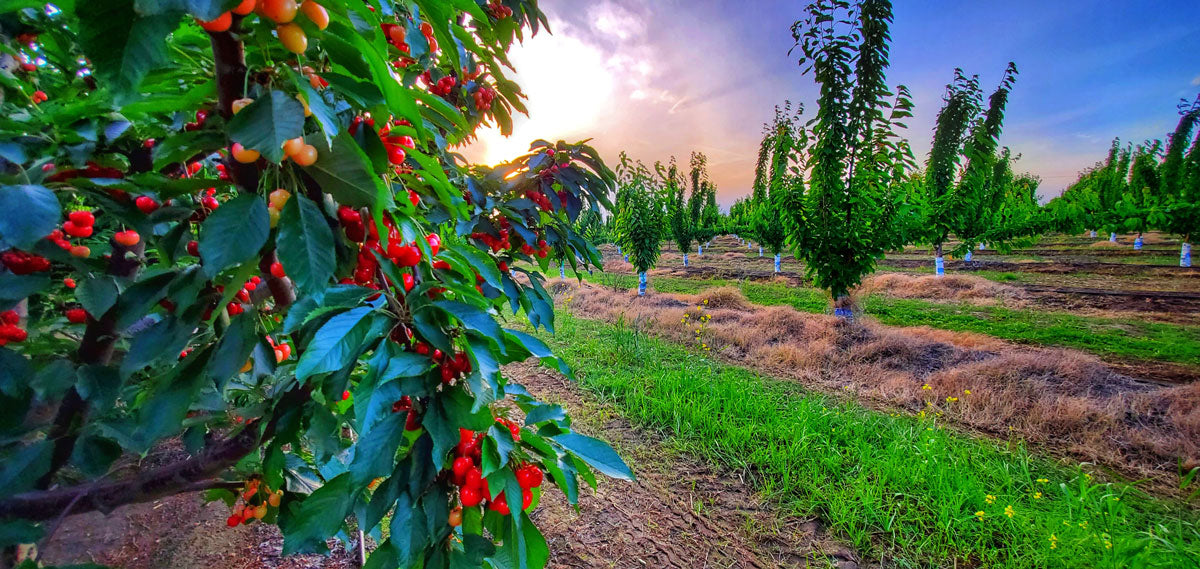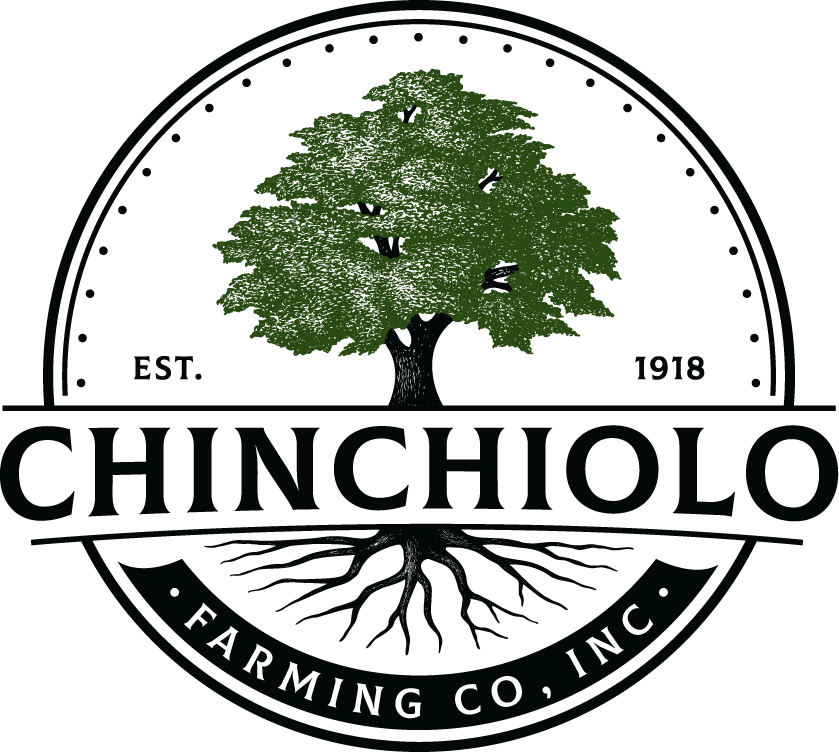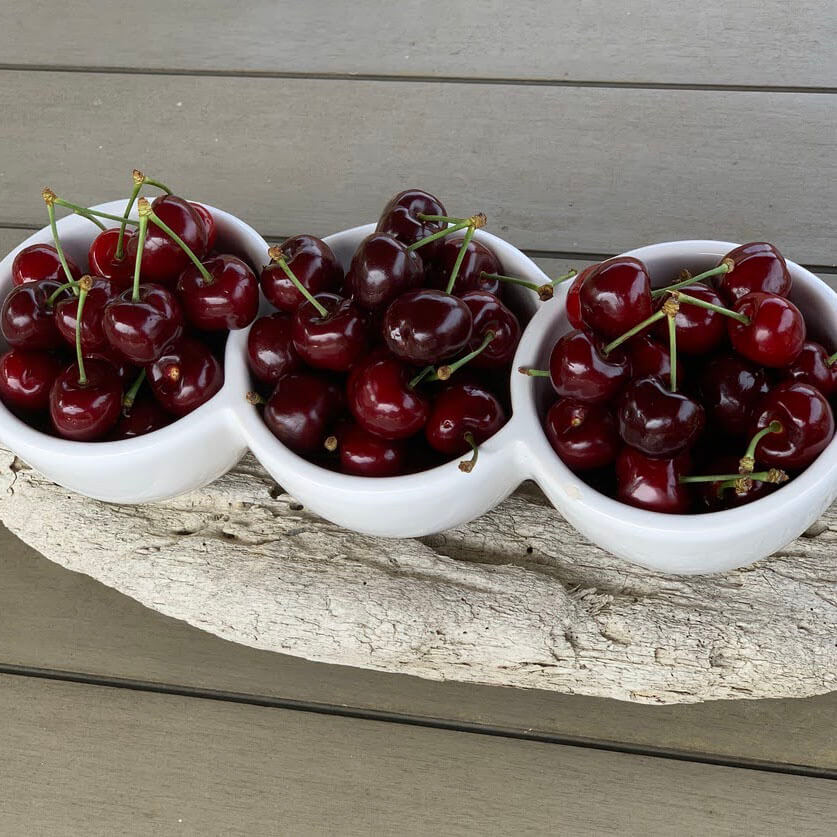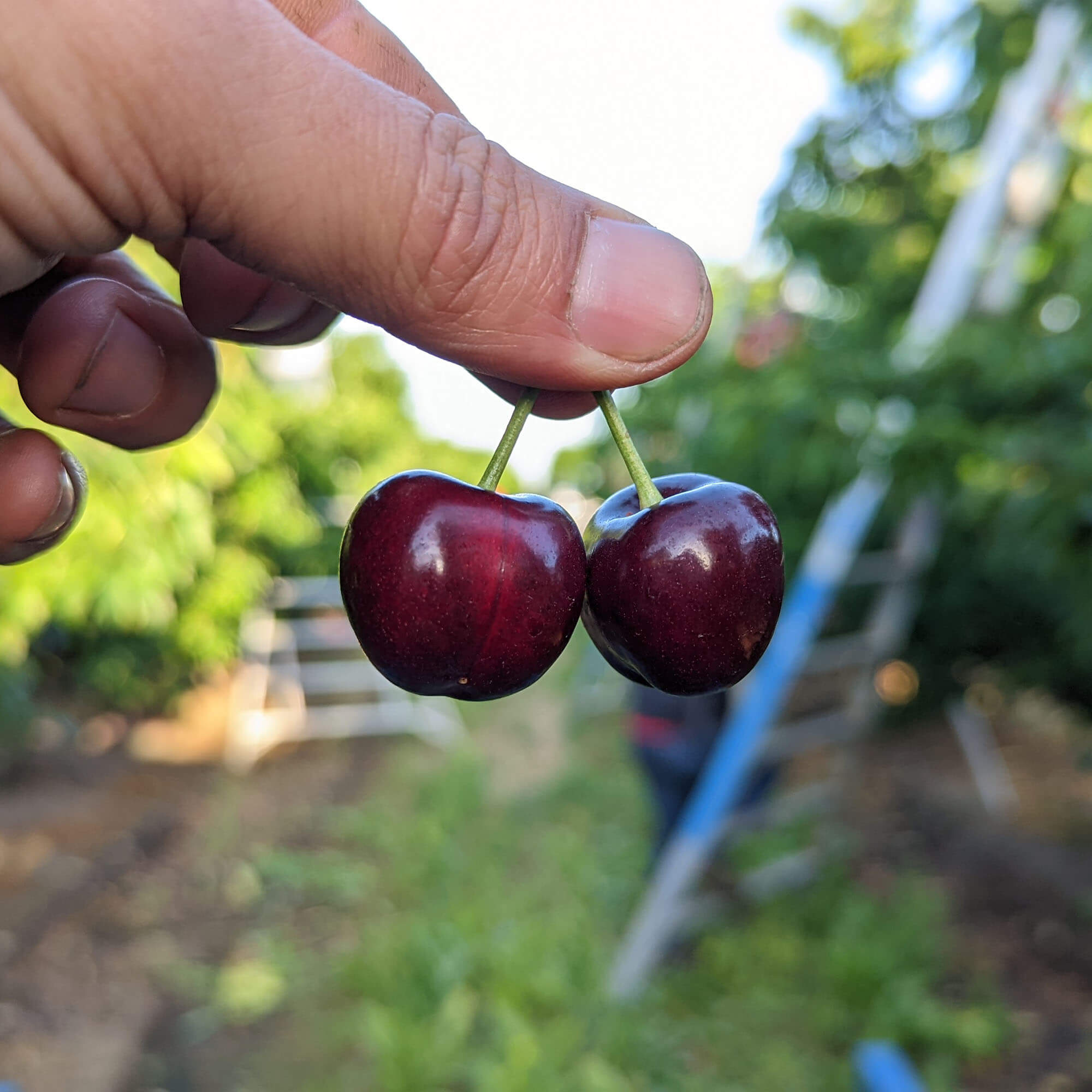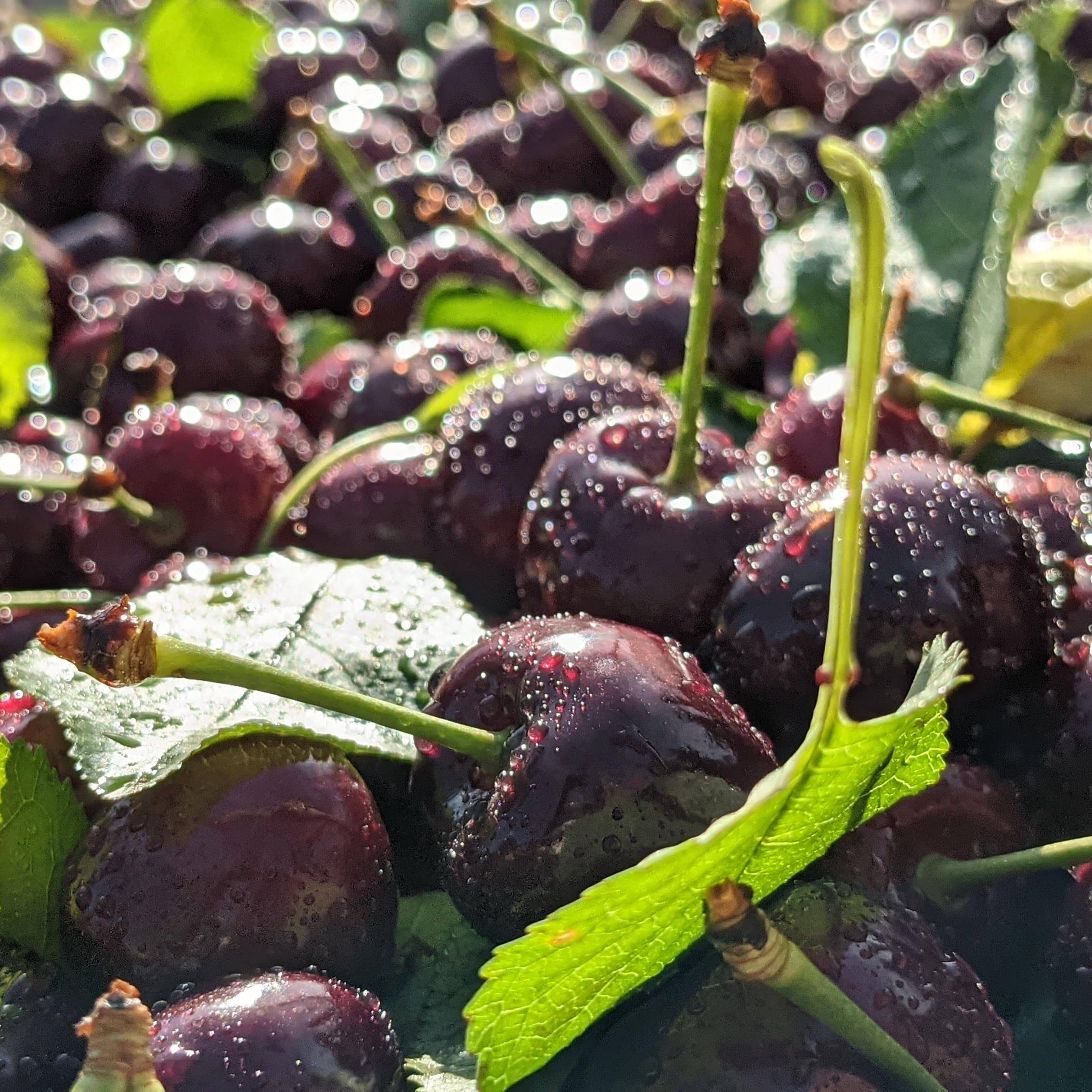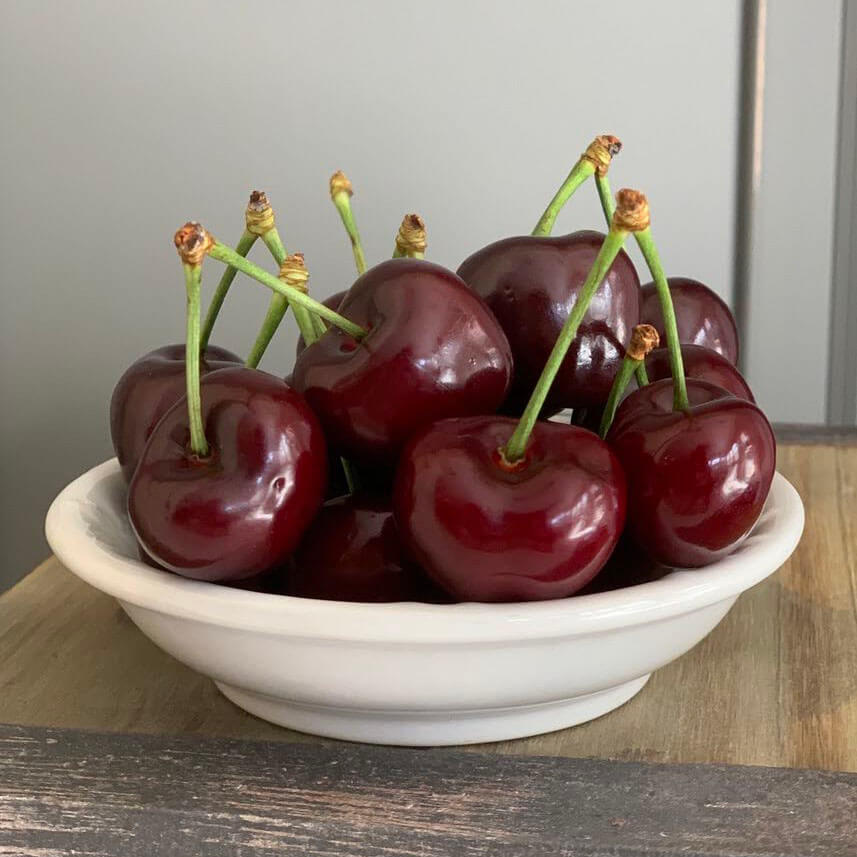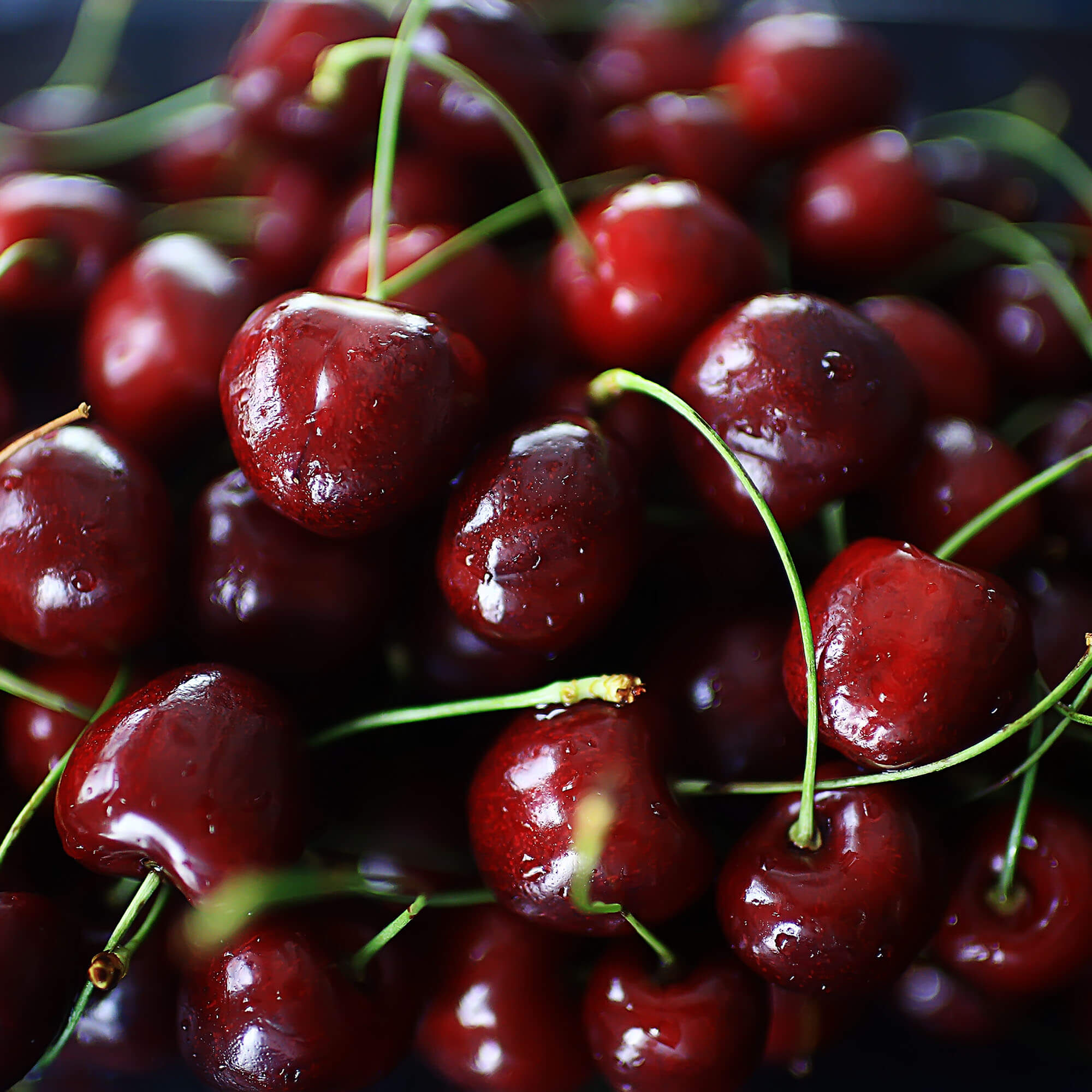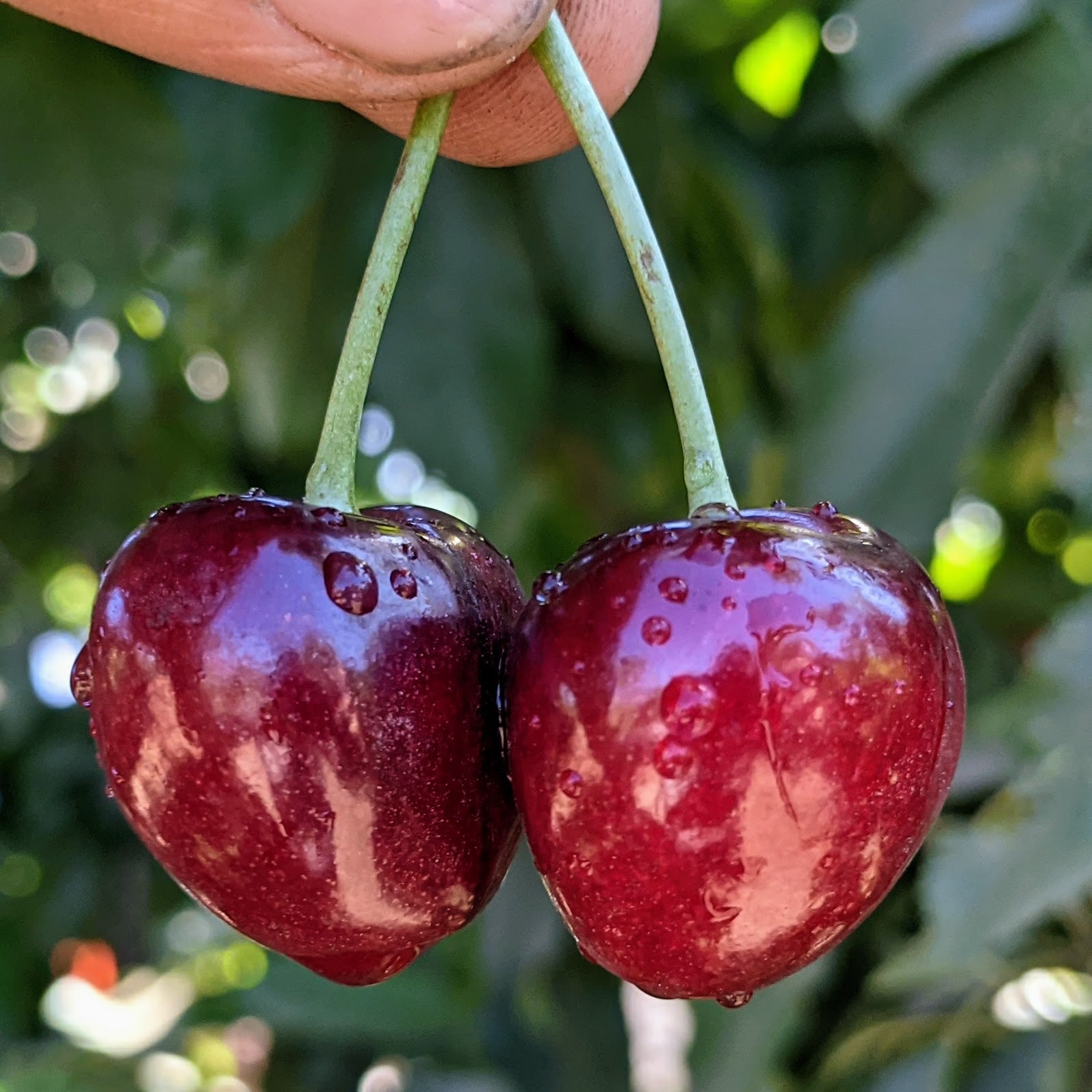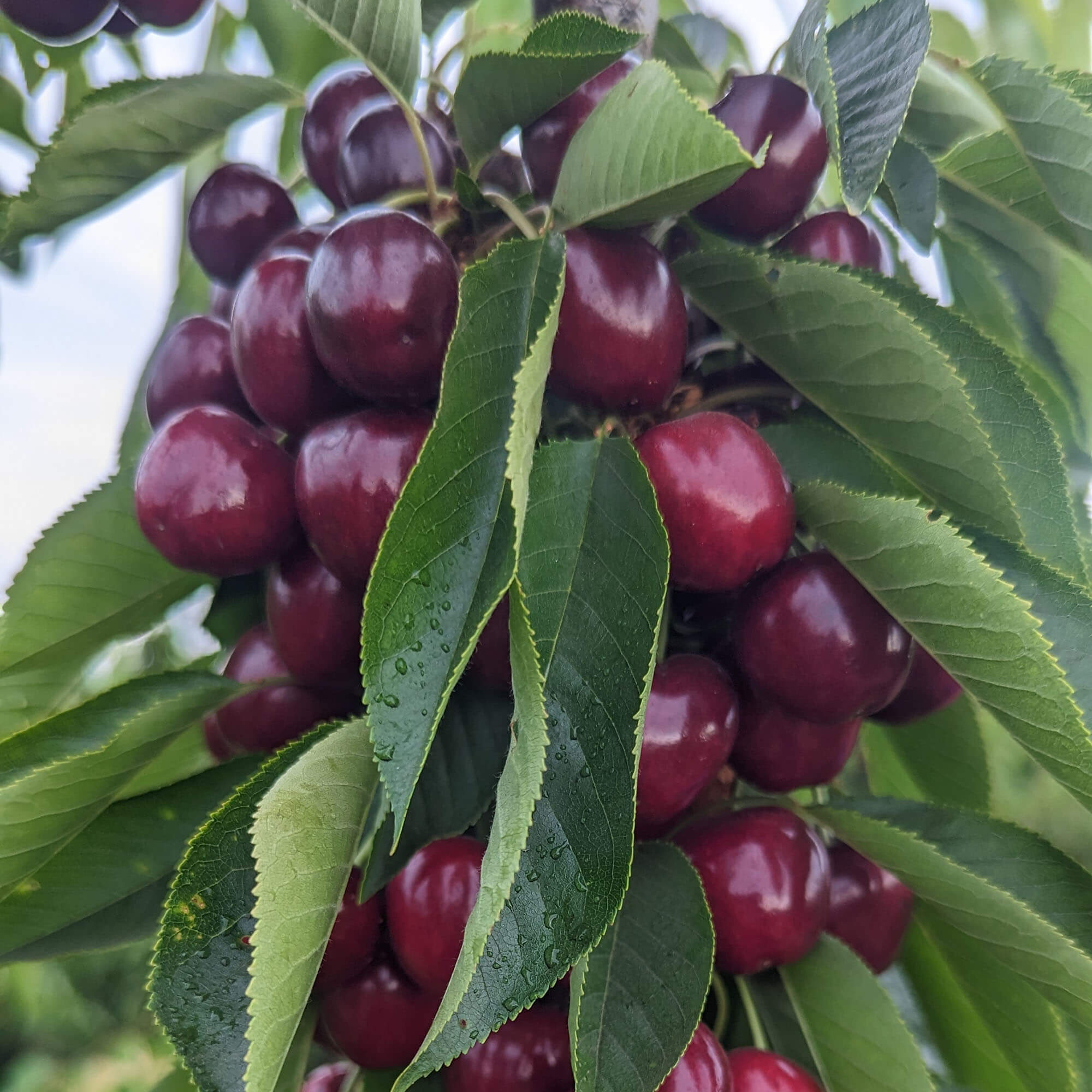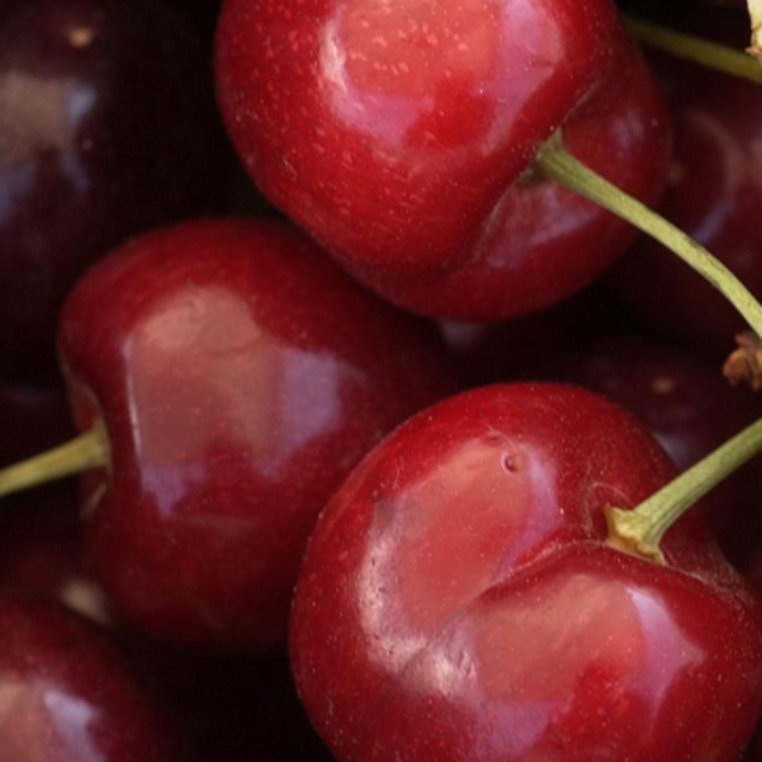Every year the anticipation for cherry season builds as people finally get to enjoy fresh sweet cherries once more, after months of waiting. The process of growing cherries requires a delicate balance of “just right” conditions, and it is these conditions that affect when the cherry season begins and the time that they are ready to harvest.
With such a short shelf life it is important to get these timings just right, particularly when different countries in the world have seasons. This is everything you need to know about when cherry season is as well as the different types of cherries that you can get across the different months.
When is Cherry Season?

Cherries are one of the last types of fruit in the world that have a season. This is due to specific climatic requirements that are needed in order to grow world class cherries as well as their extremely short shelf life. With only 2 weeks of shelf life all of the cherries must be picked, packed, shipped and consumed within the season they are ripe.
Cherry seasons differ greatly across the world because cherries respond differently to the time in which they awaken from dormancy. In the southern part of California’s Central Valley, for example, the cherry trees awaken from dormancy before anywhere else in the northern hemisphere. This is because they are exposed to higher temperatures earlier in the year and to longer daylight hours compared to trees planted further north in latitude. Cherries that are planted further south in latitude than the 35th parallel (Arvin, California) are not exposed to enough cold winter temperatures for proper dormancy.
The article below discusses the general progression of the sweet cherry seasons in North America, the timing of cherry varieties and a general discussion of where cherries are grown throughout the world and their seasons.
Cherry Season in North America
For North America, the major growing regions are along the west coast of the United States and the Canadian province of British Columbia. These growing regions start in the southern part of California’s Central Valley during the middle of April. As the season progresses the ripening of the cherry trees moves further north in latitude. From California’s Central Valley (including Santa Clara Valley to the west), up to the state of Oregon and onto the state of Washington before finishing in the northern hemisphere in mid to late September in the Canadian province of British Columbia.
Elevation also plays a big role in the ripening of cherries as well. In mountainous growing regions, like Wenatchee Washington, cherry growers intentionally plant orchards at various elevations with the goal of earlier cherries at lower elevations and later cherries at higher elevations. To extend the cherry season even further for them.
In addition to the dominant growing areas along the west coast of the United States and Canada, there are other smaller growing regions in North America. Colorado and Montana are two states for example that have microclimates that produce wonderful cherries. Generally, these other growing regions within Northern America fall in similar timing in terms of latitude and elevation as the west coast of the United States and Canada.
Blooms Cherries come from the Lodi growing region of California and are ripe generally from Mid May to Mid June.

Cherry Variety By Timing
There are several different varieties that Blooms Cherries grow in California. These cherries ripen from Mid May through to Mid June providing delicious fruit ranging in taste and flavor across these months.
Mid May Cherries
Late May to Mid June Cherries
 |
Bing
This is California’s major fresh-market cherry variety and one grown here at Blooms Cherries. It is a sweet, juicy and firm cherry with excellent flavor. Bing Cherries mature mid-season and are the most popular variety available from California from May to June.
Learn more about the Bing Cherries we grow at Blooms Cherries
|
Bloom Timings
The ripening of all these different Cherry varieties vary by each growing season. The list below describes the bloom time for over 130 standard and international sweet cherry varieties beyond just the ones grown here in California.
| Early Season Cherries |
Royal Lynn, Cherry Blush, Nimba, Somerset, Cherry Crunch, Royal Hazel, Royal Tenaya (Royal Marie), Rita, Royal Tioga, Sweet Aryana, Pacific Red |
| Early - Mid Season Cherries |
Black Tartarian, Starking Hardy Giant Samba, Royal Lee, Vera, BlushingGold, Cherry Glow, Henriette, Hertford, Nugent Bellise, Earlise (Early Lori), Sweet Early, Cherry Treat, Cavalier, Ferprime (Primulat) Royal Dawn, Sweet Lorenz, Hartland, Burlat, Durone di Verona, Merchant, Folfer, Durona di Vignola, Cheery Burst, Frisco, Marysa, Subrina |
| Mid Season Cherries |
Tulare, Black Star, Coral Champagne, Early Robin, Prime Giant (Giant Red or Giant Ruby), Satin, Van Baba, Black Republican, Black York, Ebony Pearl, Garnet, Rainier, Sweet Gabriel, Brooks, Rocket, Royalton, Bing, Burgundy Pearl, Emperor Francis, Kristin, Napoleon (Royal Ann), Sweet Valina, Ulster, Emma, Chelan, Tieton, Cherry Moon, Black Pearl, Cheery Grand, Alex (Axel), Lapins, Royal Edie, Royal Helen, Santina, Symphony Index, Selah, Sentennial, Staccato, Stella, Sweetheart, Blaze Star, Early Star, Grace Star, Big Star |
| Mid - Late Season Cherries |
Suite Note, Karina, Lambert, Andersen, Kordia (Attika), Starks Gold, Techlovan, Walter, 0900 Ziraat, Ferrovia, Germersdorfi, Noir de Meched, Nordwunder, Schneiders, Carmen, Kiona, Katalin, Celeste, Skeena, Stardust, Sandra Rose, Sonata, Sovereign, Sunburst, Benton, Cashmere, Glacier, White Gold
|
| Late Season Cherries |
Sam, Hedelfingen, Duroni 3, Ferdiva, Fertard, Gold, Linda, Irena, Penny, BlackGold
|
Cherry Season Around the World
Cherries are grown in many other regions throughout the world. According to the Food and Agriculture Organization Corporate Statistical Database the top 5 sweet cherry regions in the world are Turkey, USA, Ukraine, Russia, and Poland.
This is a worldwide map of countries by cherry production in 2016.
By JackintheBox - Own work, CC BY-SA 4.0, https://commons.wikimedia.org/w/index.php?curid=71957291
Of particular importance to those in the United States is the production of cherries in Chile. Chilean cherries though mostly grown for China also make it to the United States for consumption around the holiday season. In Chile, the earliest cherries are ripe in mid-November and the latest in mid-January.
The Perfect Cherry Season Characteristics

For the perfect cherry season, many factors need to align just right. These are the characteristics and weather conditions that need to be just right in order to get a perfect cherry season with plenty of beautiful, tasty cherries!
- First, as mentioned above a cold winter with plenty of precipitation is necessary for the tree to drop deep into dormancy.
- Second, as cherry trees awaken from dormancy it is important that temperatures do not drop below freezing. Freezing temperatures just after dormancy break will damage tender fruiting buds and potentially destroy cherry crops.
- Third, during bloom bees need temperatures roughly 55 degrees fahrenheit (13 degrees celsius) or above in order to effectively pollinate cherry buds.
- Fourth, after the cherries have been pollinated it’s important that the climate stays mild and without dramatic variations in temperature. Dramatic variations in temperature can stunt the growth of cherries and some cherries may abort during the growing process and fall off the tree before they mature.
- Fifth and likely the most known risk of growing cherries is rain during the time cherries are ripe. If rain occurs while cherries are ripe there is a high potential that cherries will crack. This happens due to increased cherry skin tension exceeding its tensile capacity and increased skin tension is caused by water seeping into the cherry skin pores and through the vascular system of the tree.

Growing cherries is a high-risk venture that requires a lot of factors to come together to get the perfect cherry. However, the payoff results in beautiful big, sweet, firm and plump cherries can be extremely rewarding to consumers and cherry farmers alike. As we eagerly await the return of the cherry season to Lodi Blooms Cherries, why not take a look at how our cherries have been growing on the farm over the past few months, by reading our
Orchard Report!
